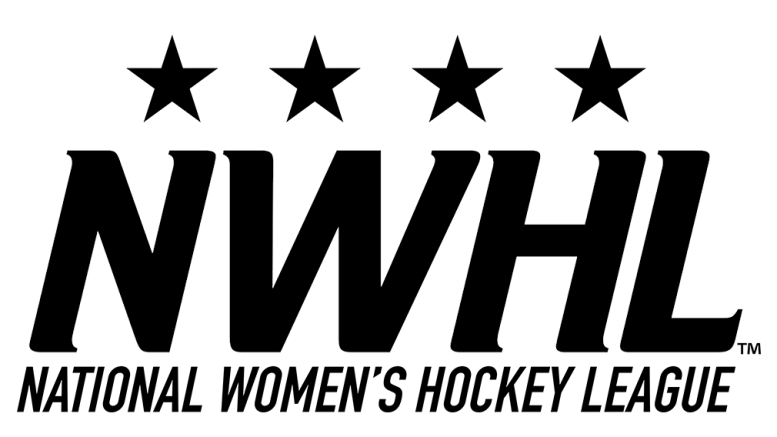When the National Women’s Hockey League (NWHL) began operation in 2015, the hockey world celebrated the history making venture. However, by the time the puck dropped for the second annual Isobel Cup playoffs, support and positive sentiments had faded.
As the first professional women’s hockey league to pay its players, the NWHL caught the attention of many in the hockey community. The new league was seen as a challenge to the Canadian Women’s Hockey League (CWHL) which doesn’t pay its players.
Cracks in the NWHL started to show in early November, as league commissioner Dani Rylan announced that player salaries would be cut to offset losses due to slumping attendance. It appeared that the fervor and excitement surrounding the first season, which lead to sellout crowds and national media attention, had passed. Players, though, were not convinced.
In a statement released on Nov. 19, the players demanded a third party audit of league finances, proof of insurance for players, naming of the league’s investors, and a report on why league revenues dropped so markedly.
To date, the audit has not gone forward, but the NWHL Players’ Association was established, which seemed to calm the waters around the league. Under the waves, however, things seem more turbulent.
With the IIHF World Women’s Hockey Championship looming, and beginning when the Isobel Cup playoffs would’ve began, Rylan and league execs decided to shorten the season. However, it seems that season ticket holders have not been offered refunds for the lost games.
Then there was the issue of last season’s Isobel Cup final between the Boston Pride and Buffalo Beauts, which had to be played out of market at the New Jersey Devils’ practice facility.
Calgary Flames president Brian Burke – who sits on an advisory board for the CWHL – has repeatedly expressed his displeasure with having two professional women’s leagues operating.
“The whole issue of the two leagues will hopefully be resolved in the next year or two,” Burke said in an interview with Yahoo Sports. “I’m not sure it’s sensible or healthy for women’s hockey to have two leagues.”
When asked if he foresaw the failure of one league or a merger of the two, Burke was uncharacteristically quiet.
“I guess one of those things would happen.” Burke said. “I wouldn’t speculate on which league would survive. But for the NHL to get behind this and for clarity in the market place, for people that want to support women’s hockey, we need one league.”
Similar to the time when the NHL and World Hockey Association (WHA) both fought for domination of the professional hockey market, we could see a similar fate befall either the NWHL or CWHL.
In 1979, facing major financial difficulties the WHA agreed to merge with the NHL, bringing over the Edmonton Oilers, Winnipeg Jets, New England Whalers, and Quebec Nordiques. The other two remaining clubs – the Cincinnati Stingers and Birmingham Bulls – were paid to shut down operation. Perhaps a similar situation will occur here, with the CWHL having much more successful operation and the NWHL’s groundbreaking business model, the two could potentially amalgamate.
It is clear that the NWHL is in trouble, but if the situation with the U.S. national team is any indication, those who pay women to play are on the right side of history.

